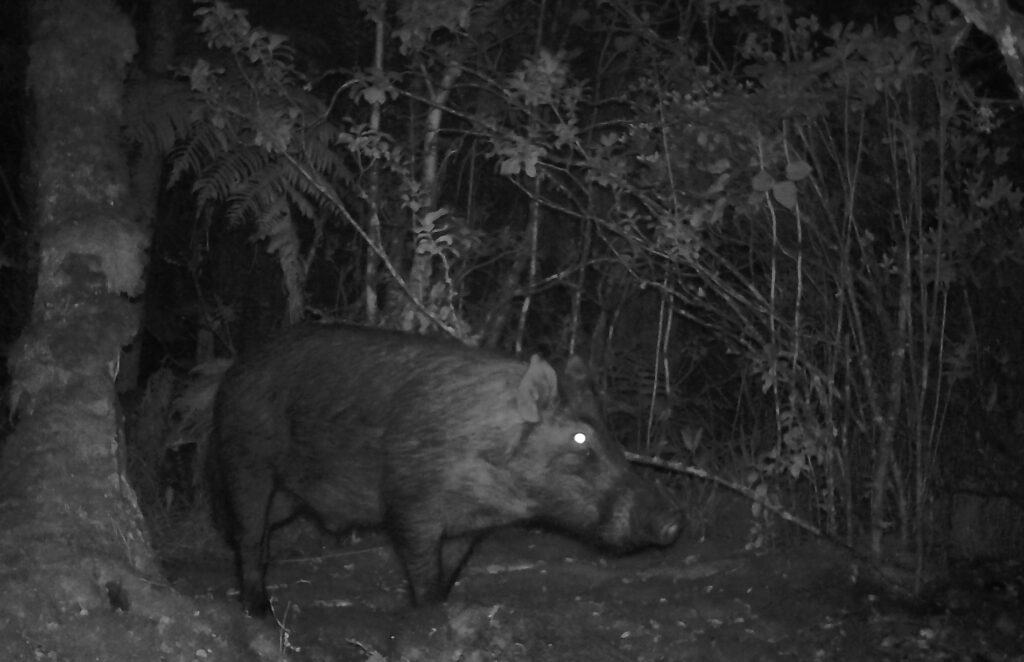Hawaii
Feral pigs may usher nonnative plants into Hawaii – The Wildlife Society
The forest disturbance that foraging feral pigs cause on Hawaii’s Big Island may be helping nonnative plants take root.
“Areas that have higher pig density and soil disturbance tend to have a greater abundance of nonnative species,” said Michael Peyton, a PhD candidate at the University of Wisconsin-Madison.
Native Hawaiians first introduced pigs to Hawaii when they colonized the archipelago from Polynesia between the years of 400 and 1100. Explorer James Cook and subsequent visitors introduced European pigs starting in the 18th century. The hybridized descendants of these breeds uproot native plants and damage infrastructure.
In a study published recently in Functional Ecology, Peyton and his colleagues wanted to see how different densities of feral pigs (Sus scrofa) affected the disturbance of native plants on the Big Island of Hawaii.
They set up trail cameras in different parts of the Pu’u O Umi Natural Area Reserve in the north of the island—an area with a high degree of contiguous native forest. With help from land managers, they identified four areas with differing densities of pigs. After capturing images from these areas, they confirmed population densities with statistical modeling.
To get a good idea about the type of vegetation growing in areas with different numbers of pigs, the researchers conducted various types of analyses. In areas with camera traps, they recorded understory plant species and their abundance.
They categorized plant species on a spectrum based on whether the plants produced short-lived leaves with rapid growth, or hardier, long lived leaves with a slow growth rate.
Peyton and his team found that areas with more pig disturbance typically had a higher proportion of plants that produced lighter leaves more quickly.

Those are usually nonnative plants. Native Hawaiian plants are more often the type that produce hardier, heavier leaves.
While some fast-growing native plants grew in disturbed areas, it seemed that pig disturbance was correlated more with nonnative plants. These nonnative, fast growing plants are well positioned to take advantage of the disturbance from the swine.
“Native and nonnative species are responding differently to [pig] abundance,” Peyton said.
While further research would be needed to confirm this, Peyton speculated that sunlight availability may be one reason why certain plants do better than others, especially when there is a lot of disturbance.
“The scale of disturbance matters for how these species are responding to light,” he said.